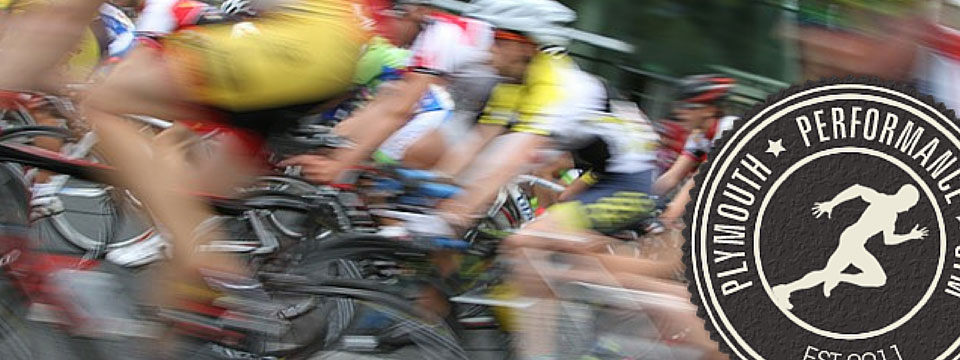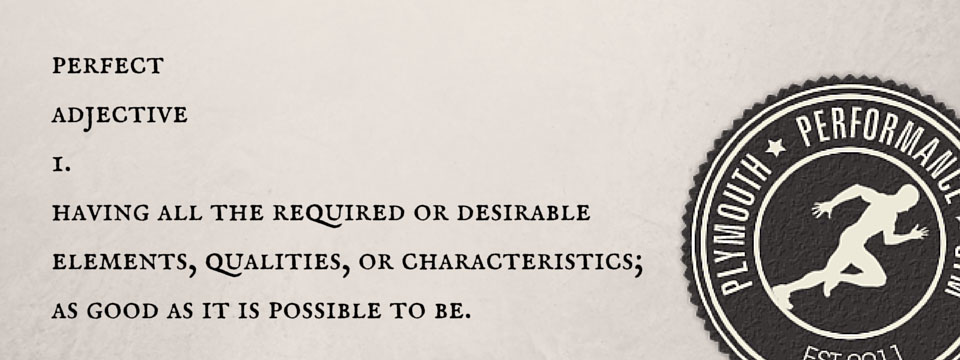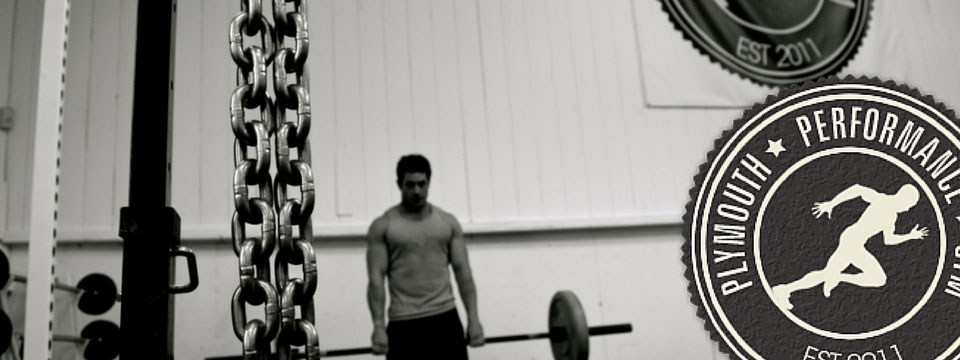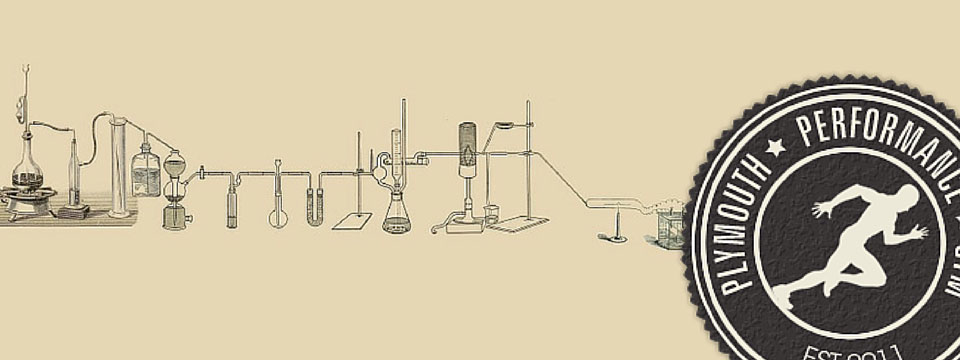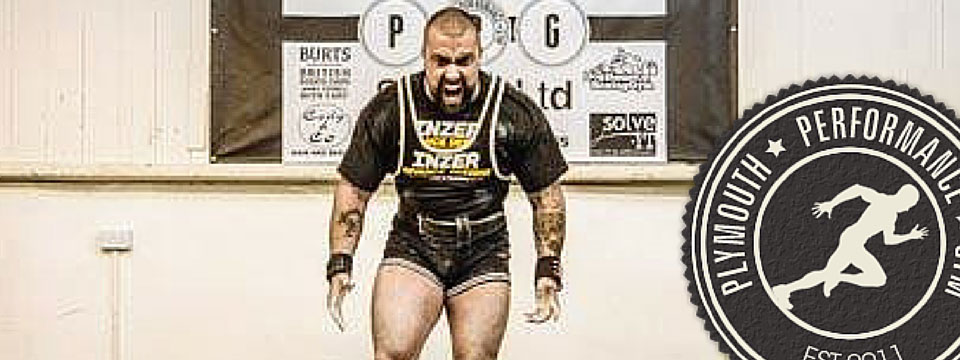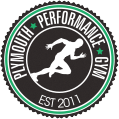Many athletes are, quite understandably, sceptical as to the benefits of strength training for endurance sports. Sportifs and marathons require continuous exertion over an extended period of time, sometimes up to several hours, at a relatively low percentage of maximum effort. Strength training, conversely, takes place over an extremely short period of time (usually a matter of seconds) at a high percentage of maximum effort. How then can a form of training that so poorly mimics the demands of the other be of any use?



